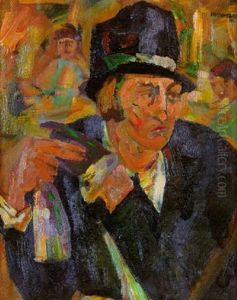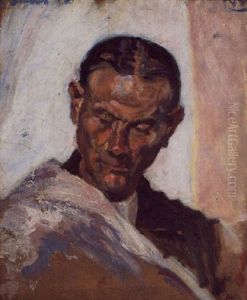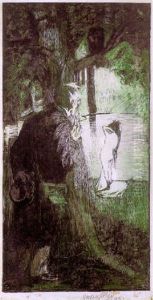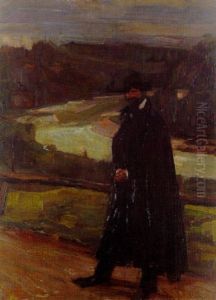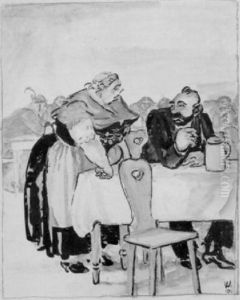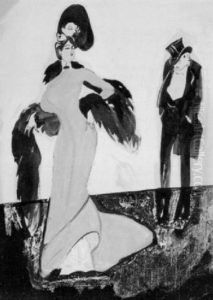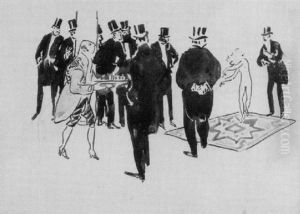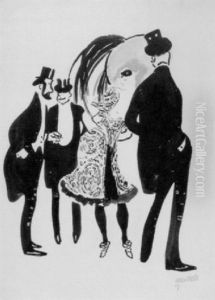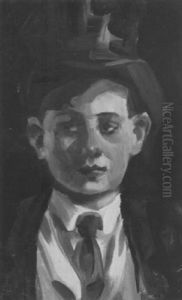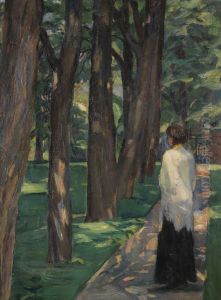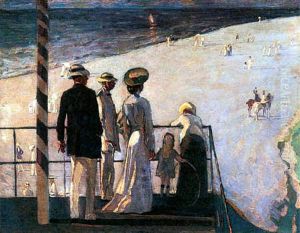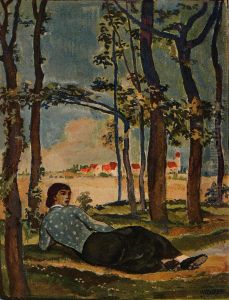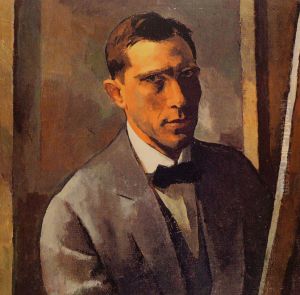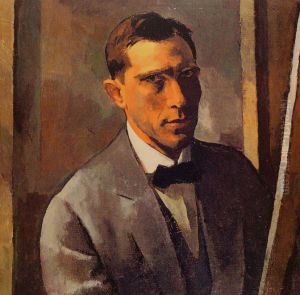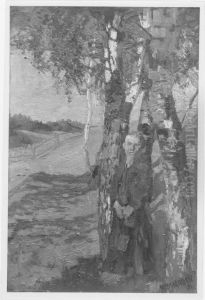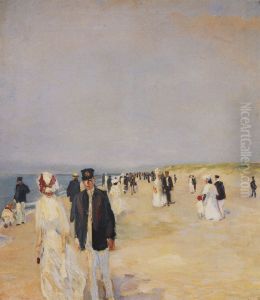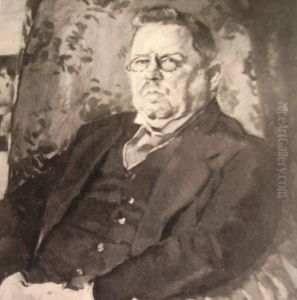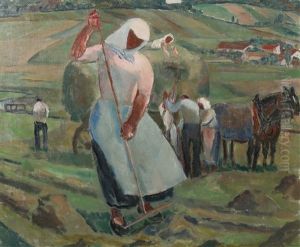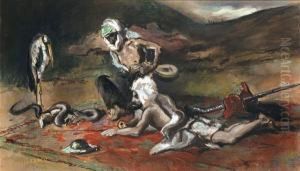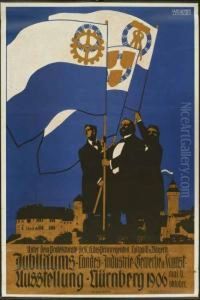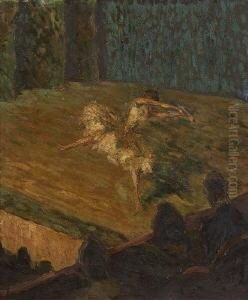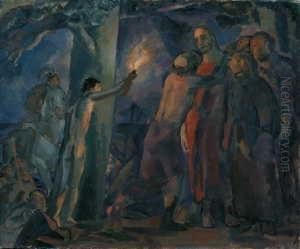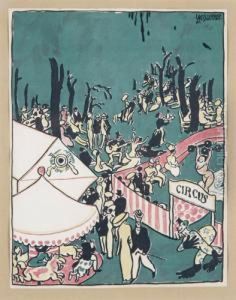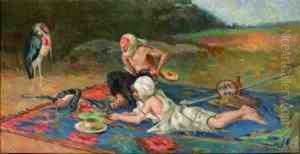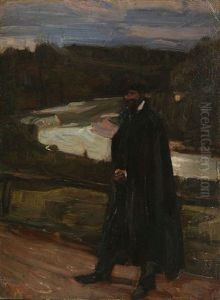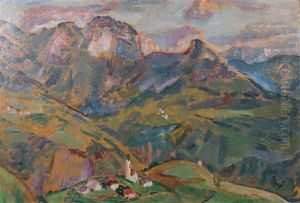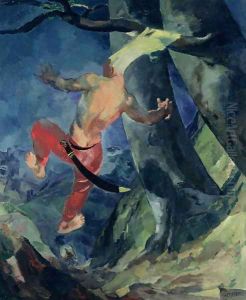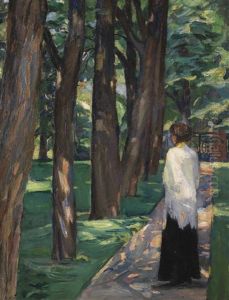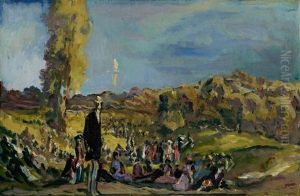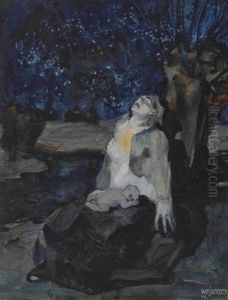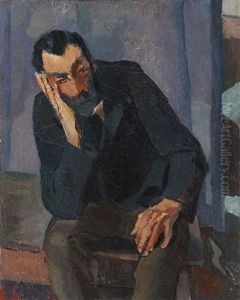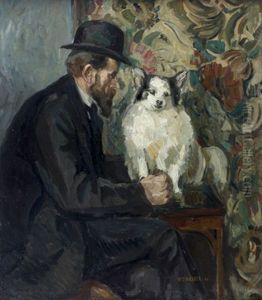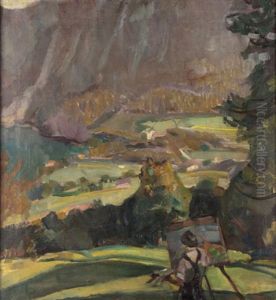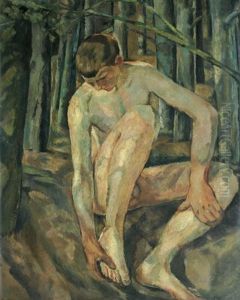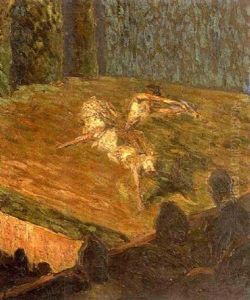Albert Weisgerber Paintings
Albert Weisgerber was a German painter and graphic artist, born on April 21, 1878, in St. Ingbert, Rhine Province. He was one of the early representatives of the German avant-garde movement in painting at the turn of the 20th century. Weisgerber's artistic journey began with training at the School of Applied Arts in Munich, followed by studies at the city's prestigious Academy of Fine Arts from 1897 to 1901. During his formative years, he was exposed to the works of the Old Masters, which laid the foundation for his technical skills.
After his academic training, Weisgerber traveled to Paris where he was influenced by the modern artistic movements of the time, including Impressionism and Post-Impressionism. Inspired by the vibrant Parisian art scene and his encounters with other artists, his style began to evolve, incorporating more vivid colors and dynamic brushwork. His work from this period showed a distinct shift towards modernity, and he became an important link between traditional and contemporary approaches to painting.
Weisgerber's art was marked by a strong sense of composition and color, which he used to depict scenes ranging from social gatherings to landscapes and historical events. He was also known for his illustrations and graphic works, which often appeared in contemporary magazines. His paintings often reflected social and cultural commentary, with a particular interest in the lives of ordinary people, and occasionally, political satire.
Despite his promising career, Albert Weisgerber's life was tragically cut short by World War I. He enlisted in the German army and was killed in action on May 10, 1915, near Fromelles, France. The premature end of his life meant that his artistic potential was never fully realized. However, his contributions to German art were significant, and his works are still recognized for their innovative approach and their bridging of tradition and modernity. His legacy is preserved in various collections, including the Saarland Museum in Saarbrücken, where many of his important works are on display.
